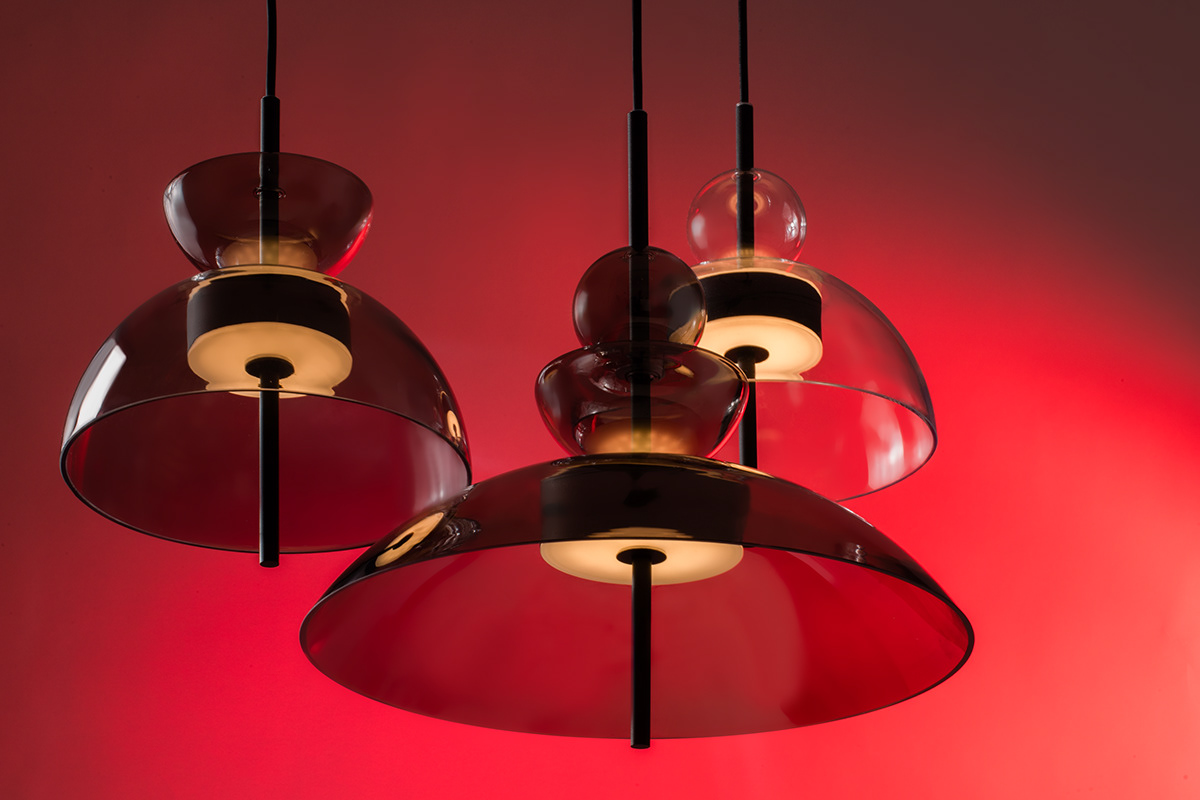



Bangkok collection
The principles of ancient temple Thai architecture inspired the Bangkok collection. This included both its technical characteristics and spiritual Buddhist traditions.
The ideas of Buddhist teaching reflected very well on architecture. For example, stupas that reflected the model of the universe. The Great Stupa in Sanchi, India is considered a cornerstone of Buddhist architecture. The stupas were originally a sculpture rather than a building. At their core, they served as pointers to some holy place or in memory of the holy man who lived there. The ideas of Buddhism about the ghostly nature of life and the whole earth led to the fact that Thai architects of antiquity paid special attention to light. So that he penetrates the temples (Wata) and creates a mystical game of light on sacred relics. To do this, temples were built with two, three or less often four tiers of roofs. Gaps were created between them, in which sunlight fell and filled the sacred space. The construction of the roofs was very practical. Thanks to the design, water did not get into these breaks.
These principles of architecture became the basis for the creation of a collection of lamps. A tiered system was taken as the basis, so the lamps consist of two or three glass elements.
The basis for the silhouettes of the lamps was taken by Wat Phrakeu, or the temple of the "Emerald Buddha" in Bangkok. However, they were stylized in more concise current forms of today. So that the lamp is completely illuminated by light flux, like the interior of Thai temples. LED boards covered with matte diffusers were used at the top and bottom. In order to create scattered soft lighting for residential interior. When selecting materials, materials of Thai architecture were analyzed. Externally, temples are often covered with glossy gold. Thanks to this, they are very interesting to play light and glare. Therefore, glossy tinted glass was chosen so that the lamps on all sides were covered with bright highlights.
The lamps are presented in three designs so that they fit together and resemble temple complexes. In addition, in them, the principle of customization of elements was applied. Some of the elements in them are repeated in order to reduce environmental damage in the production of molds.
The ideas of Buddhist teaching reflected very well on architecture. For example, stupas that reflected the model of the universe. The Great Stupa in Sanchi, India is considered a cornerstone of Buddhist architecture. The stupas were originally a sculpture rather than a building. At their core, they served as pointers to some holy place or in memory of the holy man who lived there. The ideas of Buddhism about the ghostly nature of life and the whole earth led to the fact that Thai architects of antiquity paid special attention to light. So that he penetrates the temples (Wata) and creates a mystical game of light on sacred relics. To do this, temples were built with two, three or less often four tiers of roofs. Gaps were created between them, in which sunlight fell and filled the sacred space. The construction of the roofs was very practical. Thanks to the design, water did not get into these breaks.
These principles of architecture became the basis for the creation of a collection of lamps. A tiered system was taken as the basis, so the lamps consist of two or three glass elements.
The basis for the silhouettes of the lamps was taken by Wat Phrakeu, or the temple of the "Emerald Buddha" in Bangkok. However, they were stylized in more concise current forms of today. So that the lamp is completely illuminated by light flux, like the interior of Thai temples. LED boards covered with matte diffusers were used at the top and bottom. In order to create scattered soft lighting for residential interior. When selecting materials, materials of Thai architecture were analyzed. Externally, temples are often covered with glossy gold. Thanks to this, they are very interesting to play light and glare. Therefore, glossy tinted glass was chosen so that the lamps on all sides were covered with bright highlights.
The lamps are presented in three designs so that they fit together and resemble temple complexes. In addition, in them, the principle of customization of elements was applied. Some of the elements in them are repeated in order to reduce environmental damage in the production of molds.
Brand Maytoni GmbH, Lead Designer Alexey Danilin, Engineer Nikita Morozov, Product Manager Elena Slivka,
Product Manager Assistant, Anastasia Orlova, Foto Pavel Dunaev.

